This Puzzling Fascination with
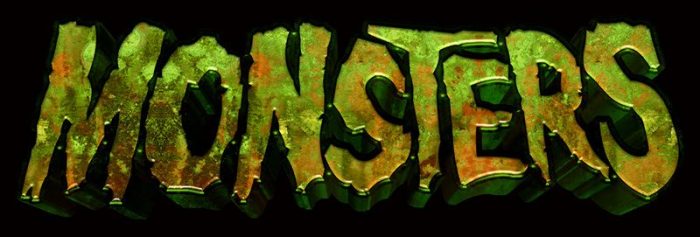
It is an enduring concern for parents: why do their cute little children absolutely love to play with plastic monsters, watch monster movies …

… or pretend to be monsters?

Or act like monsters?

Yes yes yes I know – children are little monsters. But I do not refer to that.
And lest you think this fascination with horrible creatures of the night is confined to consumer-obsessed western countries or modern times, well there boyo think again. Monsters are everywhere and have been lurking, threatening and attacking since ancient times.
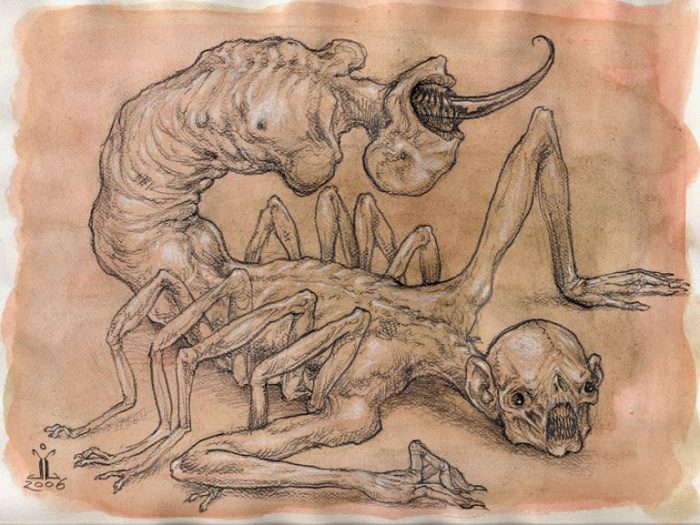
Jump back four thousand years to Sumeria for a fright night: this website describes the most unpleasant and (hopefully) mythological Aqrabuamelu: “The Aqrabuamelu or the Scorpion Men are mentioned in many myths written in the Akkadian language, with the most famous descriptions being in the Babylonian Epic of Gilgamesh. They were said to be guardians of the sun god Shamash and were found around his abode at the Mashu Mountains.
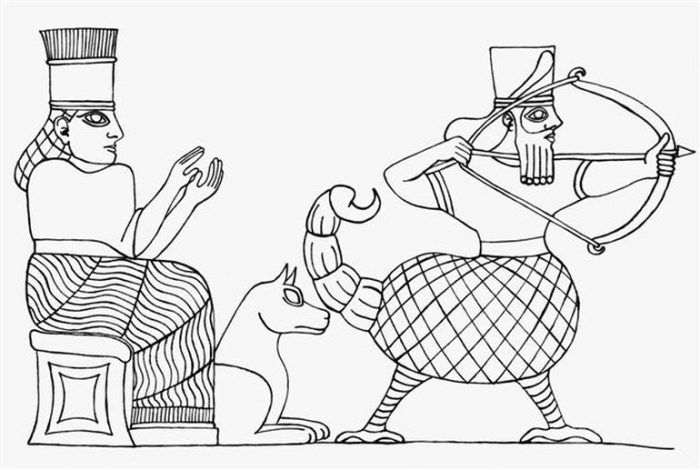
“In terms of portrayal, the Aqrabuamelu are described to have astronomical proportions, with their heads supposedly touching the sky and their mere glances resulting in death. However, they were also depicted as nominally benevolent beings who warned travelers of any danger in their future journeys.”
Not exactly the pet you want to show off at your next elegant soirée, no, not really. And “…mere glances resulting in DEATH?” Say, I used to work for a woman like that in Corporate Communications. But I survived (barely). That’s another monster movie.
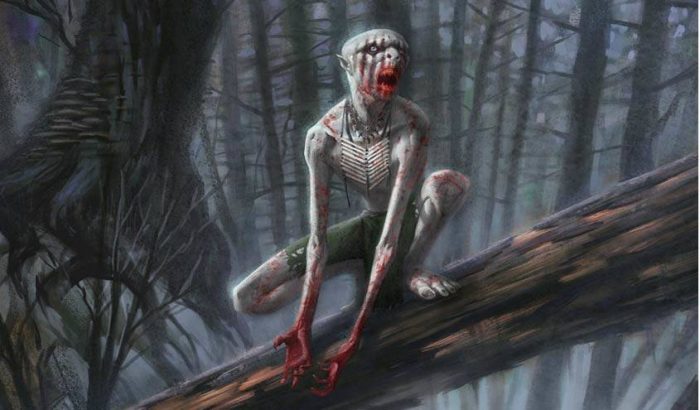
And it wasn’t just the evil old empires that spawned monsters, nope. The “New World” had some really frisky beasts to scare the pants off you. Hi! I’d like to introduce you to the Wendigo, a neighbor of the native Algonquin people of Norteamerica. They’re real jokers, I tell you:
“Wendigos were said to be man-eating monsters that roamed the land near the Great Lakes. Their bodies were emaciated, their ribs stuck out through their thin, pale skin, and their eyes were sunk deep down into their sockets. They looked like men who had died of starvation, walking through the world after a week of decomposing in the grave.
“A Wendigo’s appetite could never be filled. It would attack other men and eat their flesh, but every bite would just make them larger and hungrier, until they were massive, flesh-starved giants towering over the trees.”

Hey! What’s the matter, friendly rotund YaUdah Bistro patron? Not enjoying your Pork & Cheese Krakauer so much? Feel a little squeamish? Come on, that lovely Jumbo Bockwurst is getting cold on you. Eat up! Drink down! Monster Party Time!
“These missionaries, the Algonquin tribe insisted, had turned into Wendigos and started killing their fellow men. It was something that had happened before, usually during famines in a cold winter. And it was something the tribe had learned to prepare for. They would hold great festivals where they would dance and chant, trying to keep this mythological creature away.
“Most likely, the men had just gone mad with hunger and turned to cannibalism. But the idea of these mythological creatures must have almost been a comfort to the Algonquins. It was a way to make sense of moments when hunger would drive good and decent men into doing the unthinkable.”
This is the sort of monster you want to stay quite clear of. None of that “…helping the traveler…” stuff the Sumerians mentioned.
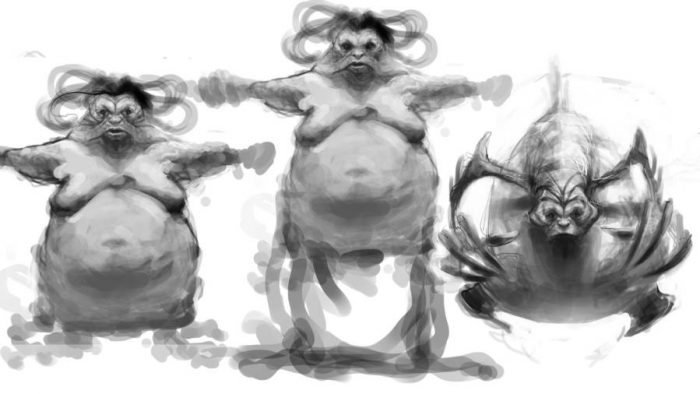
I bet you never knew that the Inuit peoples of the Arctic (formerly known as “Eskimos” but that term has fallen into disuse) also used to scare their kids with monster stories. Meet the …
Qalupalik
“The Inuit children of the arctic knew never to get too close to the water’s edge because there, underneath the ice, Qalupalik lay waiting for them.
“The first thing the Inuit children were told they would hear when Qalupalik was near would be the eerie, distant hum of its song under the sea. But if the Qalupalik was too eager to contain itself, then it would gently tap its fingers on the ice under their feet.
“Qalupalik could be seen only for the flash of an instant before it was gone. It would leap out from under the water, its long, sharp fingernails would allegedly sink into its victim’s flesh and drag them forward. Its victim would get one, quick, brief glimpse of its face which was somewhat like a woman’s which had turned green and bloated from decomposing under the sea.
“The Qalupalik would jam its victim into the great pouch it wore on its back and dive back down into the sea.
“The Inuit child or victim might experience a few final moments of a pain in the frozen depths of the Arctic waters, as the ice-cold water rushed into their open, screaming throat. They would feel the very blood in their veins freeze and through the haze of the water, hear their family’s distant, muffled voices, crying out their name.
“The Qalupalik, likely, was told to Inuit children as a means of keeping them out of harm’s way, like wandering too close to treacherous, frozen Arctic waters.”
Aha! Now we’re getting somewhere.
Monsters are used to scare children into behaving. We used to tell kids to watch out for the Boogie-man.
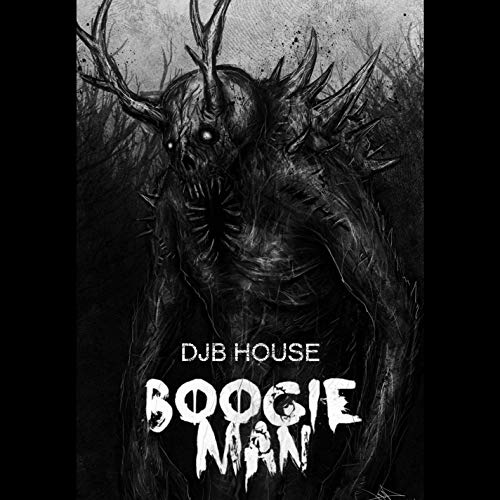
One theory is that the term derived from the seafaring Bugis people of Central Sulawesi, who are known for their ferocity.
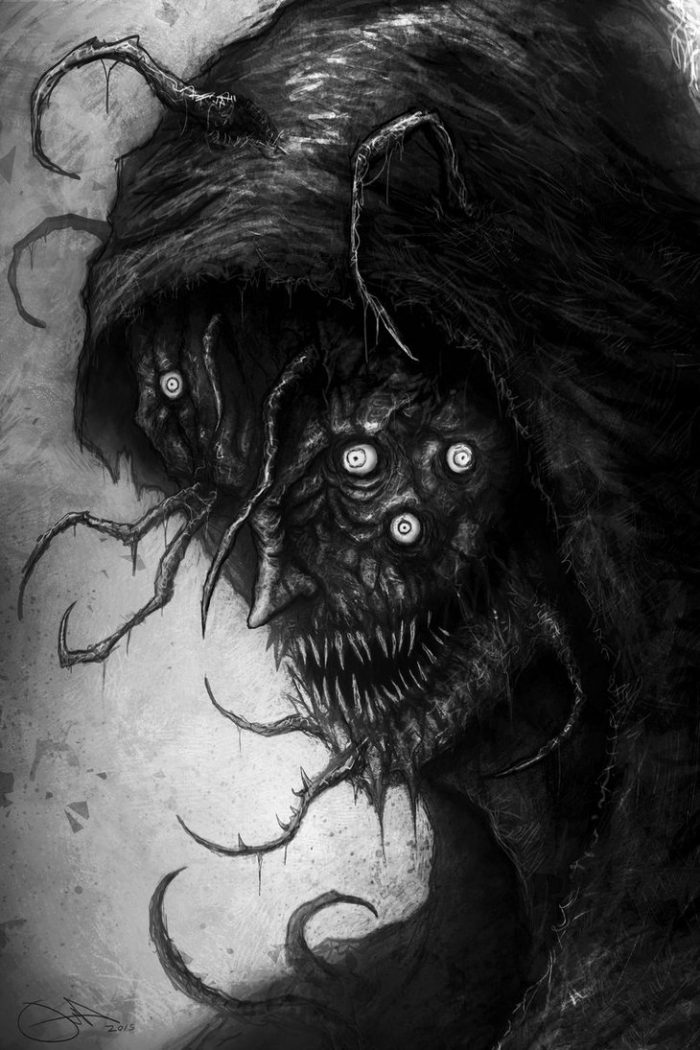
“Hi, handsome. Want to on a date? I’ll take you where you never been bee-fore.”
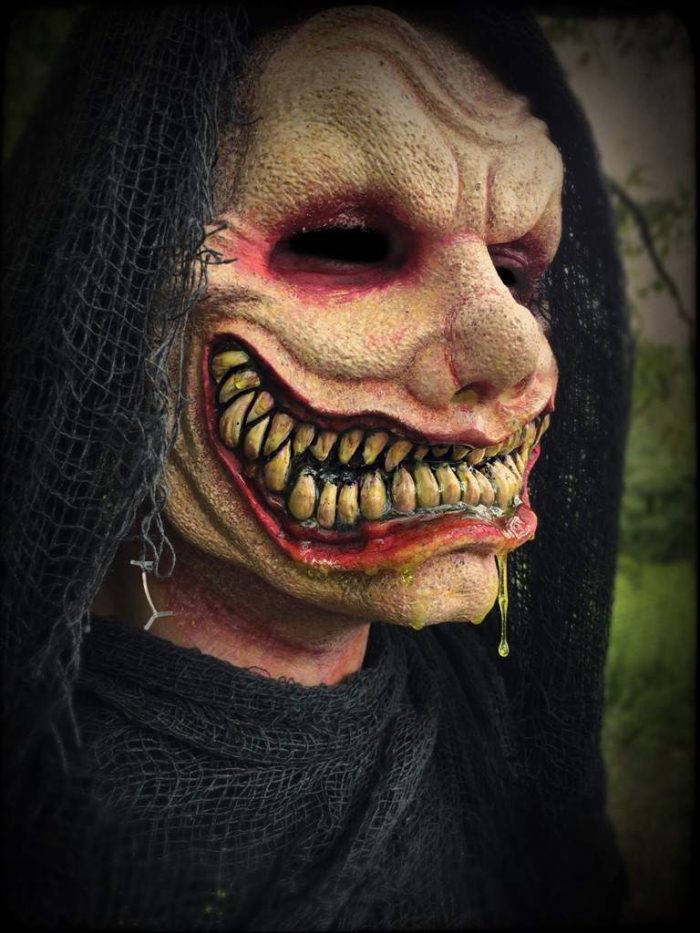
“Shore thang, Sweety-Pie. Whutevah you say, Honey Chile…”
Wow, it’s a Monster Party. Could be a Monster Mash.
No Indonesian celebration would be complete without a mention of some of the creatures of history and mythology here…
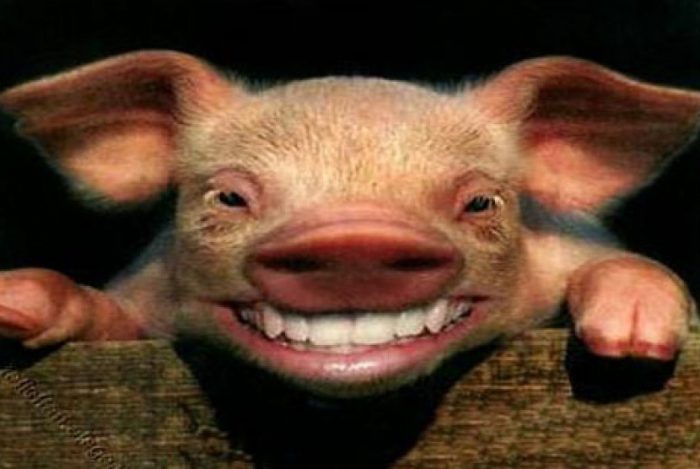

Babi ngepet

Tuyul
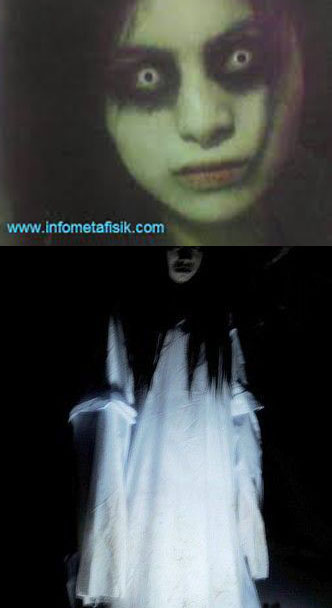
Kuntilanak
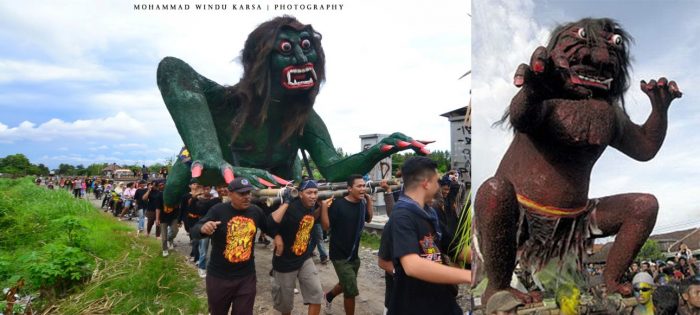
Genderuwo
 Nyi Roro Kidul
Nyi Roro Kidul
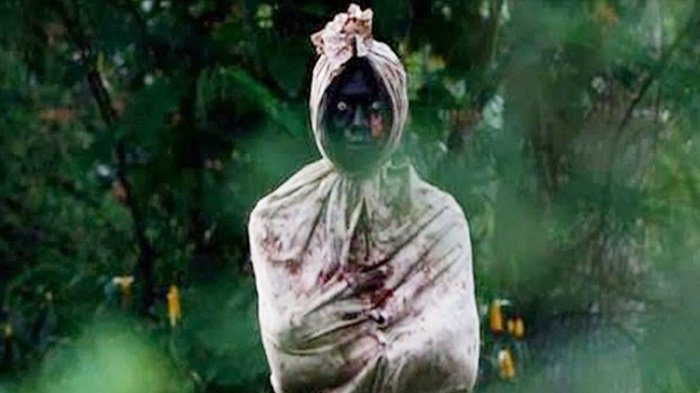
Pocong

Jaelangkung

Jenglot (What’s his problem??)
… all of which I must acknowledge, with thanks, my dear friend and former student DarkWingLady.
Finally, as you turn back to your great feast of pasta, beer, soup and meats at Ya Udah Bistro, I offer you my fav of favorites, the late and great Suzzanna, a halfbreed beauty of the 1970s who gained fame and fortune in her depiction of the feared, wronged dead lady, aka
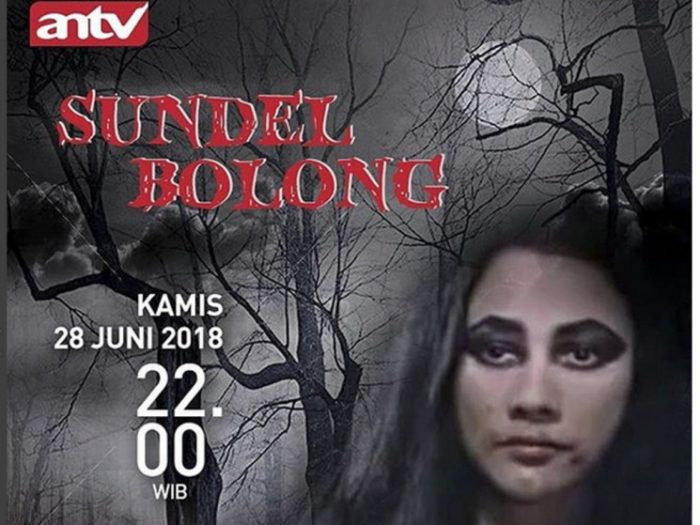
Those Ram Punjabi pictures of the 1980s were so horrible they were great. Horror acting, horrible direction, even incredibly ugly lab work (cutaways not color matched, blobs on the print). They were great value, however. Western pictures give you more or less one style of story: a cowboy picture is a cowboy picture. Maybe they add a bit of comedy so it’s a “comedy western”. A drama is a drama.
But the Indonesian films of that era were a stew of everything: family drama… religion… social message… horror… comedy… military adventure… action…
Watch Suzzanna down 200 sate kambing, and then guzzle the boiling hot broth. That’s global-class comedy horror.
Suzzanna was certainly one of a kind, star of the undead, alas today quite definitely a permanent resident of Deadsville.
Now that you’ve enjoyed your horror, it’s time for pleasure. We cordially invite you to a realm of comfort, good humor, fine food and drink – without doing anything horrible to your budget. YaUdah Bistro, two decades of serving Indonesian and expat clients, awaits your custom… tonight… before midnight… as the darkness closes in…



